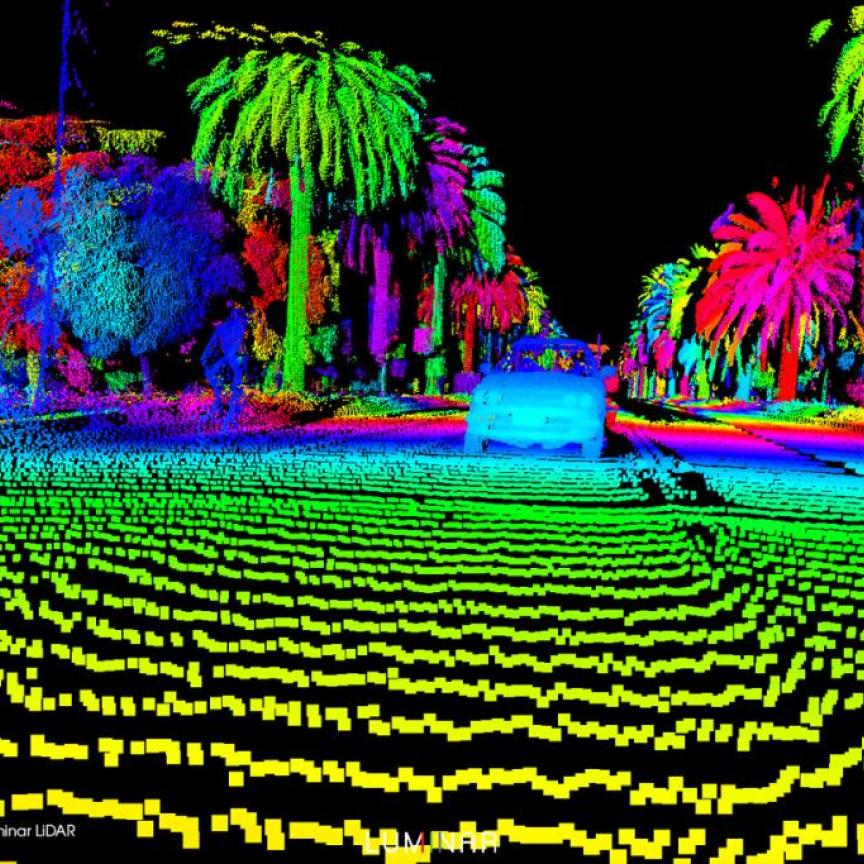Photonics has received the ultimate international accolade this year, with the award of this year's Nobel Prize in Physics to the pioneers of optical fibre communications and of CCD image sensors.
One half of the 2009 Nobel Prize in Physics has been awarded to Charles K. Kao of the Standard Telecommunication Laboratories, Harlow, UK, and the University of Hong Kong for 'groundbreaking achievements concerning the transmission of light in fibres for optical communication'; with the other half going jointly to Willard S. Boyle and George E. Smith of the Bell Laboratories, Murray Hill, NJ, USA 'for the invention of an imaging semiconductor circuit – the CCD sensor'.
Although optical fibres are now ubiquitous, Charles Kao met scepticism when he first suggested that they could be used for long-range information transfer. Fibres were not efficient enough for long range use - light transmission fell to negligible levels after just a few metres. In a 1966 paper, Kao and his colleague George Hockham suggested that it was only the impurities in the glass that were responsible for this inefficiency, and that really pure glass would give vastly improved light transmission. When, four years later, optical fibres of pure glass were at last fabricated, Kao and Hockham's prediction was found to be correct, paving the way for the development of today's ubiquitous, efficient, energy-saving optical cable networks.
Digital image capture started from an afternoon's brainstorming between Willard Boyle and George Smith, at the Bell Laboratories in New Jersey. Working in the semiconductor division, in 1969 they were asked by their boss to come up with a novel technology for information storage. They sketched an image sensor based on Einstein's photoelectric effect, in which arrays of photocells would emit electrons in amounts proportional to the intensity of incoming light. The electron content of each photocell could then be read out, transforming an optical image into a digital one. Their charge-coupled device (CCD) did not really work for memory storage, but gave rise to an explosion in digital imaging, with the first CCD-based video cameras appearing in the early 1970s.

